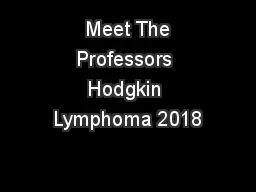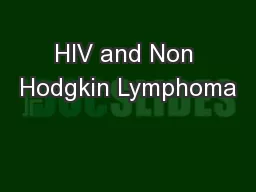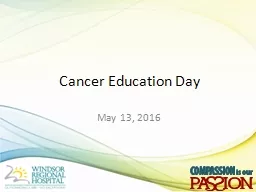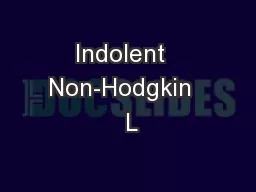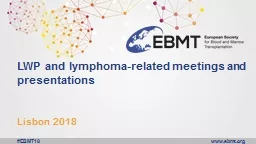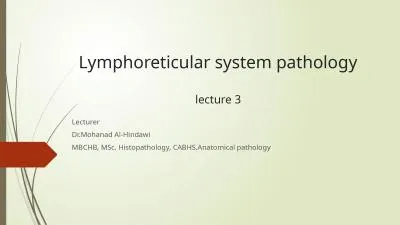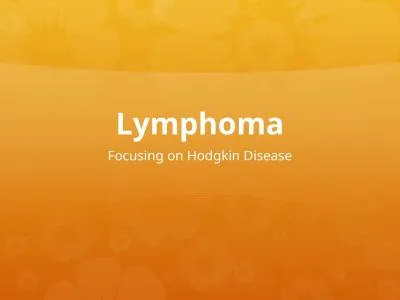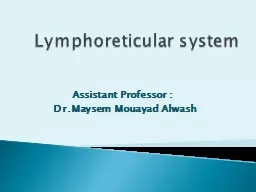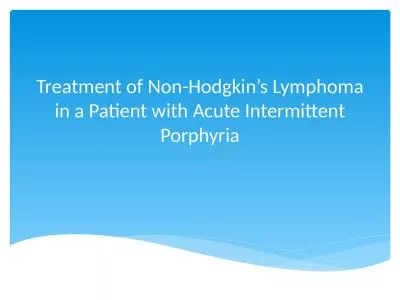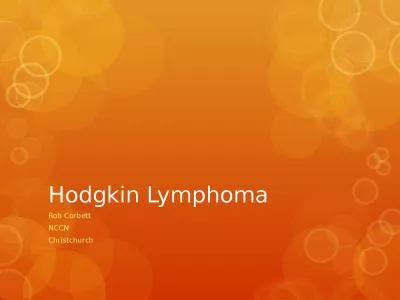PPT-Meet The Professors Hodgkin Lymphoma 2018
Author : conchita-marotz | Published Date : 2020-04-03
Hodgkin Lymphoma HL by the Numbers Optimal Upfront Treatment 8700 pts Favorable ES Unfavorable ES Unfavorable ES with Bulk Favorable AS Unfavorable AS 1000 2500
Presentation Embed Code
Download Presentation
Download Presentation The PPT/PDF document " Meet The Professors Hodgkin Lymphoma 20..." is the property of its rightful owner. Permission is granted to download and print the materials on this website for personal, non-commercial use only, and to display it on your personal computer provided you do not modify the materials and that you retain all copyright notices contained in the materials. By downloading content from our website, you accept the terms of this agreement.
Meet The Professors Hodgkin Lymphoma 2018: Transcript
Download Rules Of Document
" Meet The Professors Hodgkin Lymphoma 2018"The content belongs to its owner. You may download and print it for personal use, without modification, and keep all copyright notices. By downloading, you agree to these terms.
Related Documents

